CASSIOPEIA
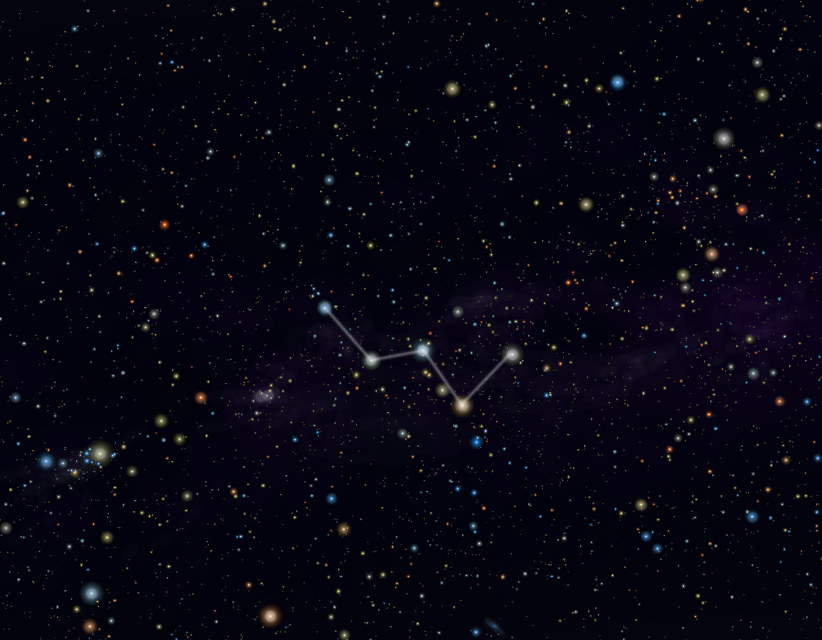
Roberto Mura - Own work,
CC BY-SA 3.0, wikimedia
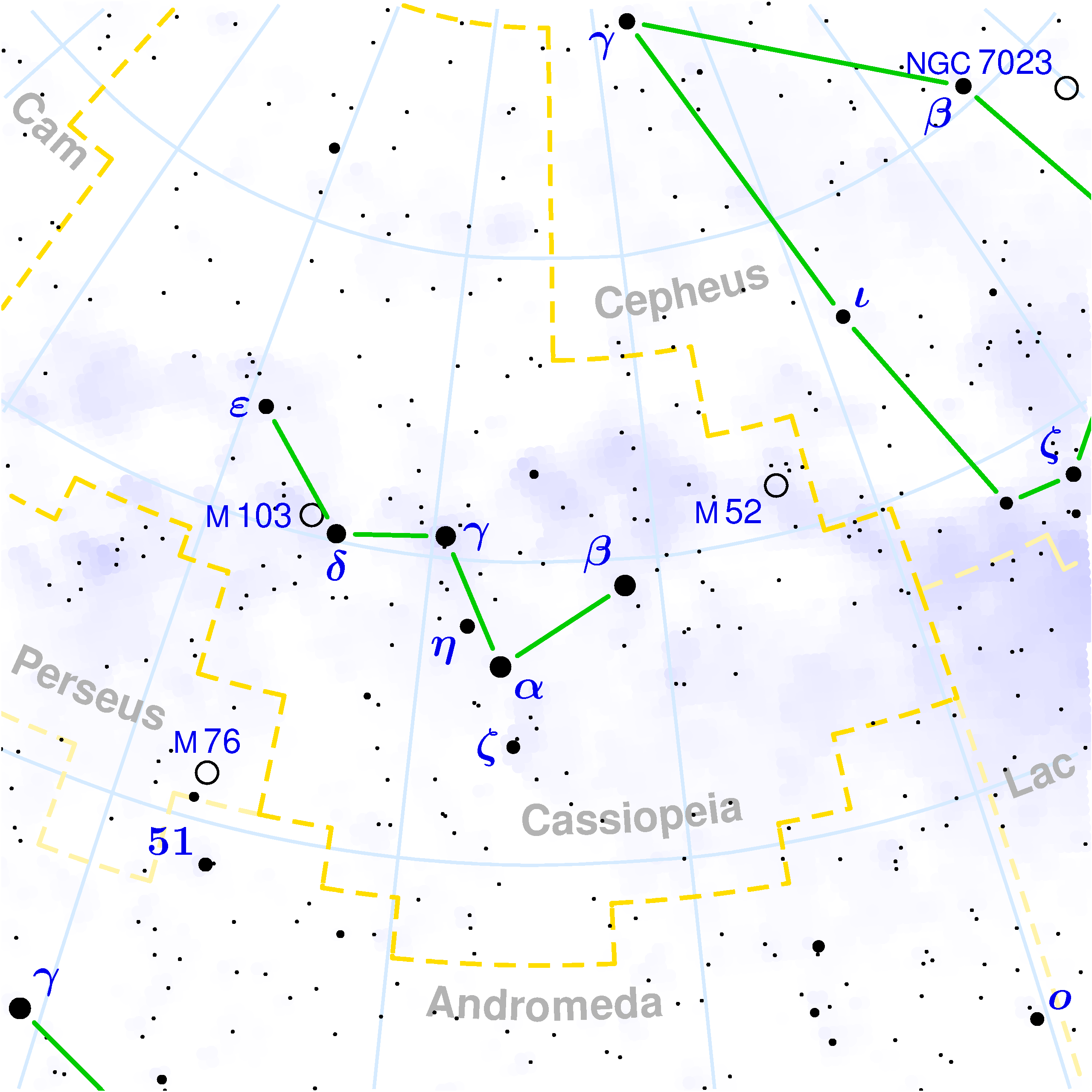
CC BY-SA 3.0, wikimedia
Cassiopeia is an easy constellation to see in the skies thanks to its 5 brightest stars that form a well defined ‘W’ in spring and an ‘M’ in autumn. For those living at the middle latitudes in the Northern hemisphere, the constellation is circumpolar and can be seen in every month of the year. Neophyte stargazers use it as a constant when trying to recognize other constellations.
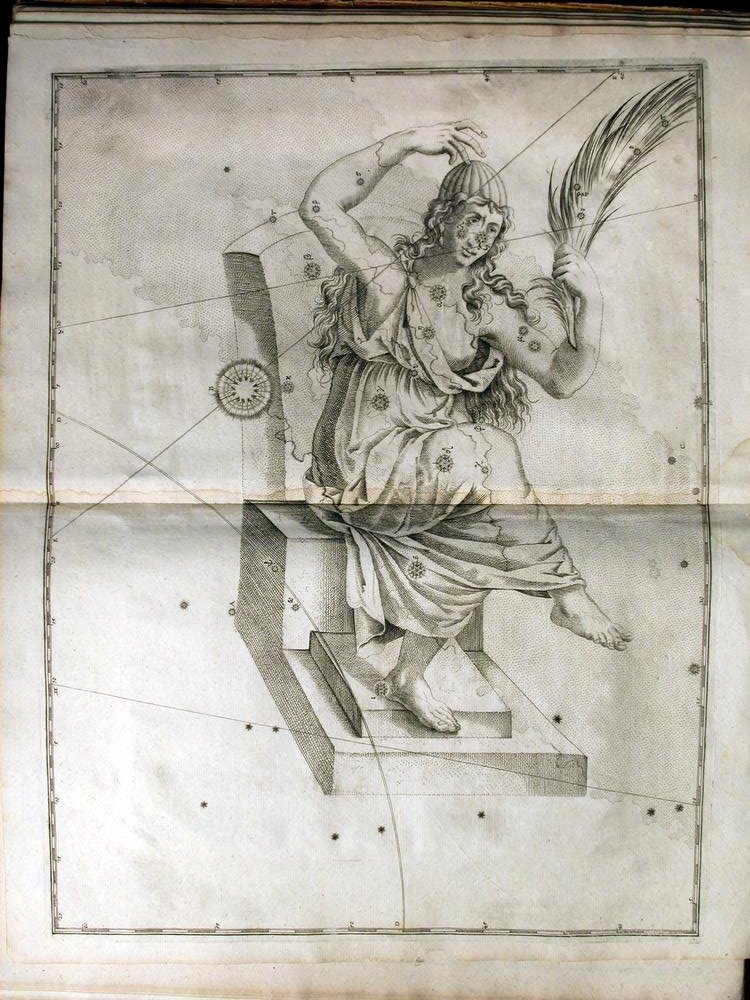
Public domain, wikimedia
Cassiopeia was the wife of the King of Ethiopia, Cepheus. The King and Queen are now close together among the stars, the only couple present in the skies. Cassiopeia plays a big part in the story of Andromeda and Perseus. The Queen, boasting that she was more beautiful than the sea nymphs, the Nereids, enraged the sea nymphs and they asked Poseidon to intervene. A terrible sea monster called Cetus was sent to ravage the sea coasts of the African Horn. The only solution to the problem was to sacrifice Cassiopeia’s daughter, Andromeda, who was subsequently chained to a rock. She was saved by Perseus who turned the sea monster to stone by showing him the head of Medusa.
The Alpha star Shedir is 800 times brighter than the Sun and is an orange giant 230 light-years from Earth. It is the heart of the constellation even though the correct translation of its Arabic name is ‘the breast’.
The Beta star Caph is fairly near the Solar System just 55 light-years away and is 28 times brighter than the Sun. It is in a phase of evolution in that it is about to leave main sequence to evolve into a red giant.
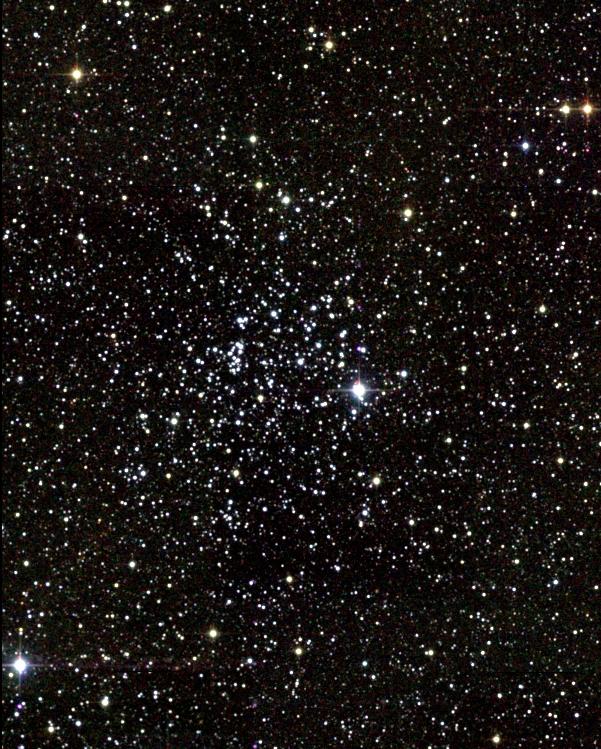
Public domain, wikimedia
M52 is the open cluster easier to see, it is 4,500 light-years from us and is made up of young stars. M103 needs to be seen through a telescope to make out its triangular shape and the assorted colors of its stars. It is 9,400 light-years away.
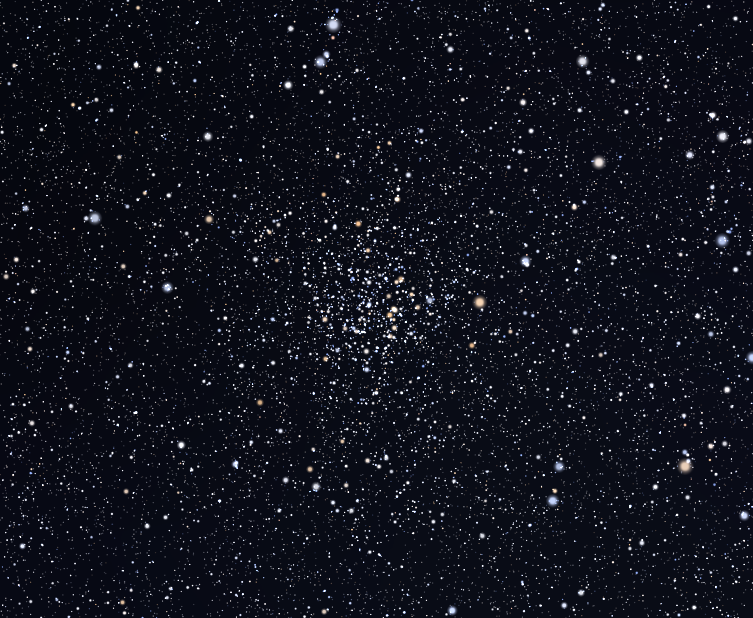
Roberto Mura, Own work.
CC BY-SA 3.0, wikimedia
A telescope is needed to see NGC 7789, an open cluster rich in stars, the most spectacular in the Cassiopeia constellation. It is thought to be made up of 700 components and is 7,600 light-years from Earth.
.jpg)
Original uploader was Vanderbei at en.wikipediaderivative work: Dereckson (talk) - Ngc7635.jpg,
CC BY 3.0, wikimedia
The nebula NGC 7635, also called the Bubble Nebula, is stunning when photographed. This bubble of gas is literally blown by the stellar wind of a young star giving it its shape. It is thought to be 11,000 light-years from the Solar System.
Southern Hemisphere: the constellation is not very visible or not at all visible. At the southern middle latitudes, between the beginning of October and the end of December, right after sunset, it can be found above the horizon towards the north.